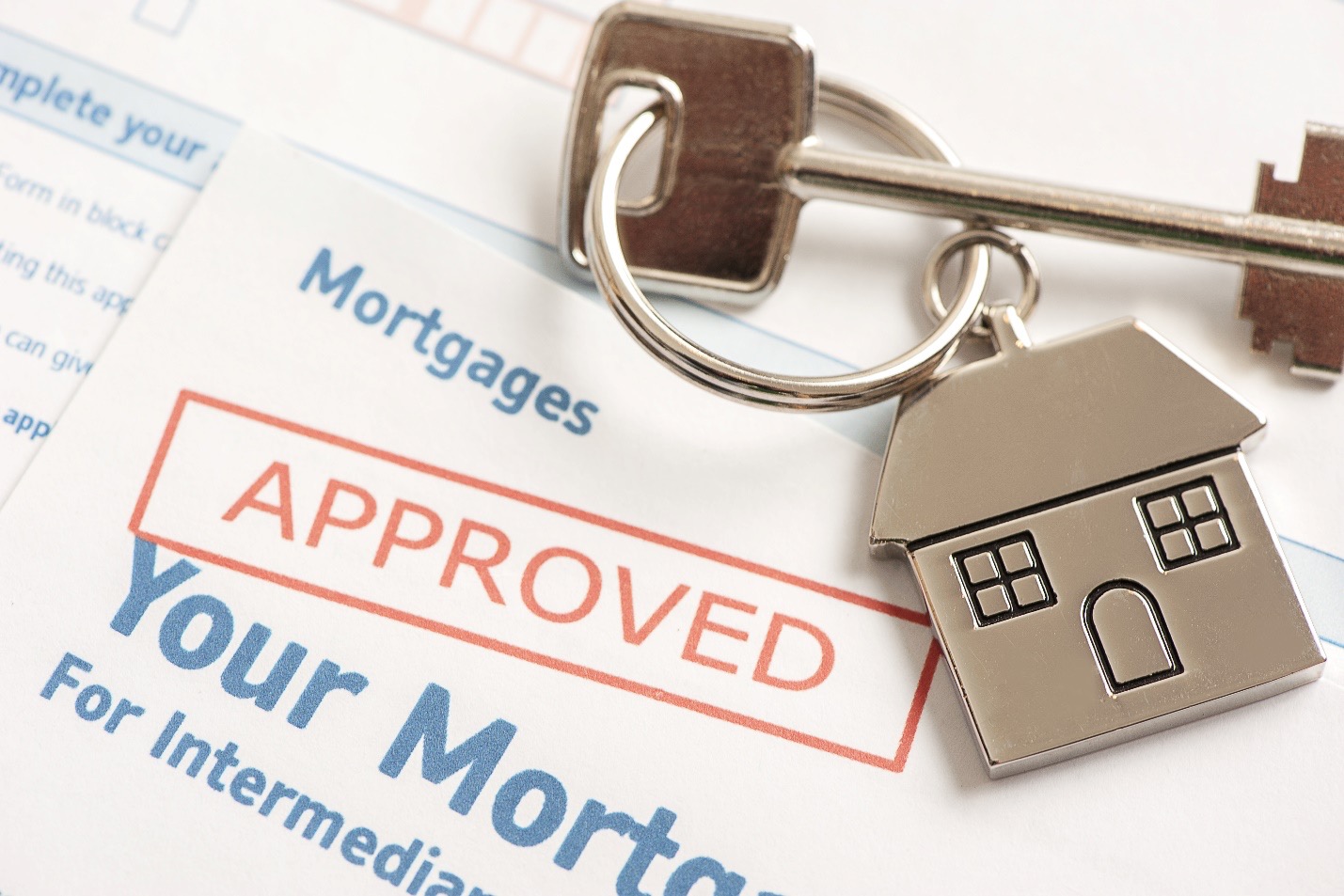For most people, buying a house is a significant decision. It’s a decision that affects multiple facets of your life, including where you work, where your kids go to school, and so on. However, it is surprising how many people underestimate what is required to make the mortgage application process run smoothly and result in approval.
Alexander Diaz de Villegas, a seasoned realtor based in Homestead, Florida, sees this all too often. He shares six tips on what you should do to ensure your mortgage application process runs smoothly so that you get approved on your first try.
1. Get Your Credit Score
Even though you’ve kept up with your credit card payments and have an excellent financial track record, says Alexander Diaz de Villegas, it’s good to get your credit score first before submitting your mortgage application. While your assumption might be right, it is wise to confirm your scores to avoid disappointment. Aside from a low credit score, there are also instances where identity theft may be an issue that you need to address.
To preempt any issues with your credit score, be sure to check it well before you start the application process, perhaps even before you start looking for a home. The main reason for this is to give you time to fix your credit score. If you do find it needs some work, commit to paying your bills on time, pay off your credit card debt, and stay on top of your credit report.
2. Save Cash
Even with a stellar credit score, most lenders need you to put down a minimum deposit before approving your mortgage, says Alexander Diaz de Villegas. Although in the past lenders were willing to give zero-down mortgages, today most lenders are cautious and having a deposit ready is always a good idea. So, how much should you put down? It depends on two things, he says. First is the minimum the lender requires as a down payment. For most lenders, this is about 3.5% of the mortgage.
The second factor is whether you want to reduce your mortgage payments. If so, you should aim for at least 20% of the mortgage. In addition to lowering your mortgage payments, this will also waive private mortgage insurance (PMI). In addition to saving cash for a down payment, remember you will also need between 3-5% of your mortgage value to pay for closing costs.
3. Maintain Your Job
Maintaining your current job seems unrelated to your mortgage application, says Alexander Diaz de Villegas, but it is very relevant. For lenders, the fact that you have a job and maintain it translates to less risk, meaning they are more willing to approve your mortgage application. However, if you quit or lose your job during the application process, they may back out of the approval. They can do this as part of their final preapproval checks.
So, what happens if you lose your job midway through an application? Alexander Diaz de Villegas recommends you inform your lender immediately and ask them whether it will adversely affect your application process. If you are applying with a partner or cosigner who is still employed, it may not. However, if the lender advises it may, it is better to halt the application until you find another job, then resume the application process.
4. Manage Your Debt
Pay down your current debt and avoid new debt, advises Alexander Diaz de Villegas. Debt is not always bad, especially if you can easily manage it. However, during the mortgage application process, any liability can be an additional hurdle toward getting approved. While you do not need zero debt to be approved, it is best to lower your debt as much as possible in the run-up to your mortgage application.
Debt plays a crucial role because your lender uses something called a Debt to Income ratio to determine your overall exposure to debt. For most lenders, this ratio should not exceed 36%. That is, your debt repayments should not exceed 36% of your gross monthly income.
5. Seek a Mortgage Pre-Approval
A mortgage preapproval is a process of getting approved before you go looking for a home to buy. Doing this is financially and emotionally prudent, says Alexander Diaz de Villegas. For one thing, a preapproval will tell you how much you can spend before you start bidding for properties. Also, the preapproval will ensure you avoid the disappointment of loving a house only to find out later you cannot afford it.
How do you get preapproved? It’s simple, says Alexander Diaz de Villegas. Submit your personal and financial information to your preferred lender (or lenders) and await their response. Once you get the preapproval, it will tell you how much you can afford, interest rates, terms, and other details. With a copy of this preapproval, the lender can approve your mortgage when a seller agrees to your bid.
6. Buy Within Your Means
When seeking a preapproval, realize there’s always going to be a gap between what the lender preapproves and what you can comfortably afford. This discrepancy comes from the fact that the lender calculates your preapproved amount based on your gross income, not net income, says Alexander Diaz de Villegas. That means a lender does not consider your monthly expenses.
For example, if your gross household monthly income is $8000, you may get approved for up to $900,000, but this would translate into a monthly payment of $4500 per month. This does not consider other living expenses such as gas, food, and others. When making a mortgage application, always buy lower than you can afford and not what the lender approves. This extra breathing space will come in handy when you want to upgrade the house or invest in other capital purchases down the road.
Final Words
The reality is that not everyone gets approved for a mortgage the first time around. Although you may follow all these steps to make the process as smooth as possible, ultimately, it is your lender who will decide whether to approve your application or not. The vital thing to keep in mind, says Alexander Diaz de Villegas, is that getting disapproved is not the end. Regroup, find out what caused the disapproval, and then correct this. Anyone can get approved for a mortgage if they create a realistic plan and work toward it.




